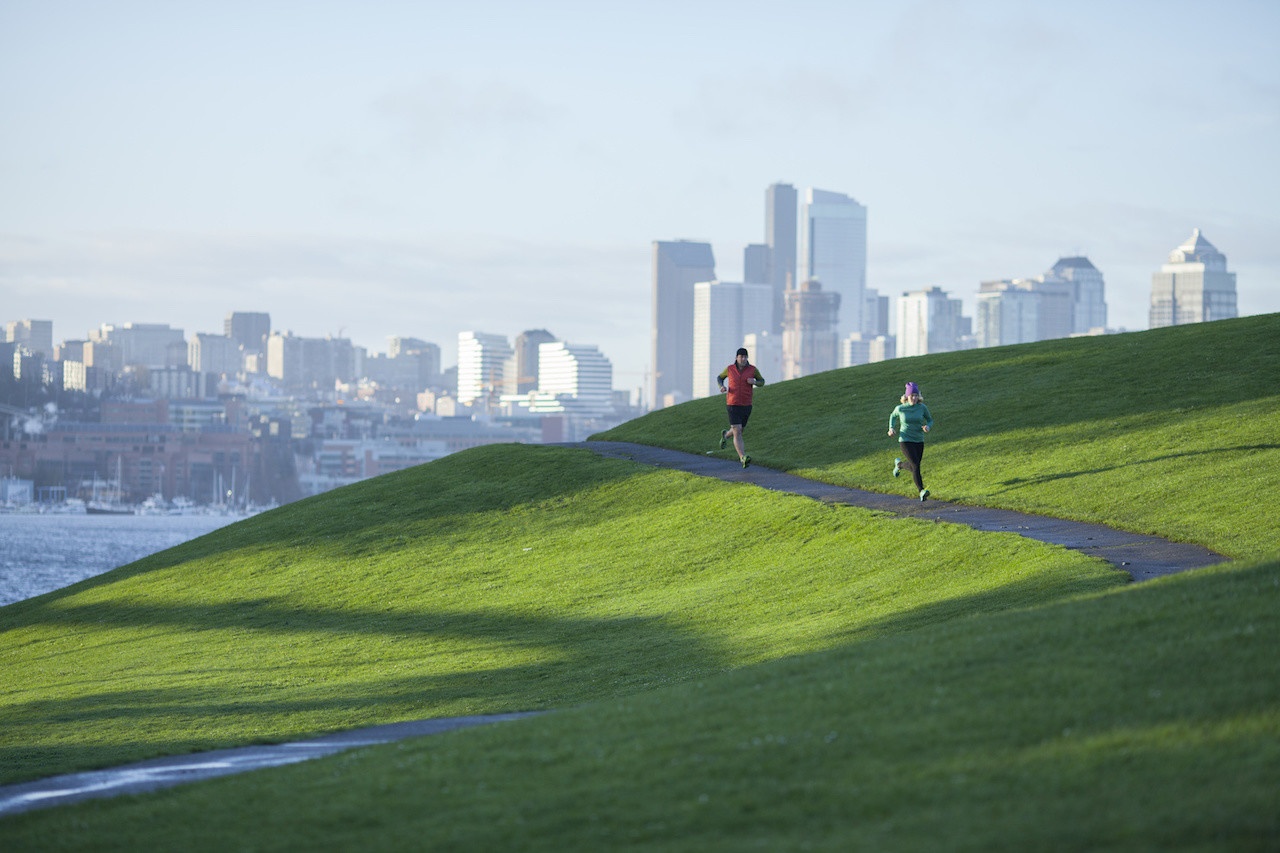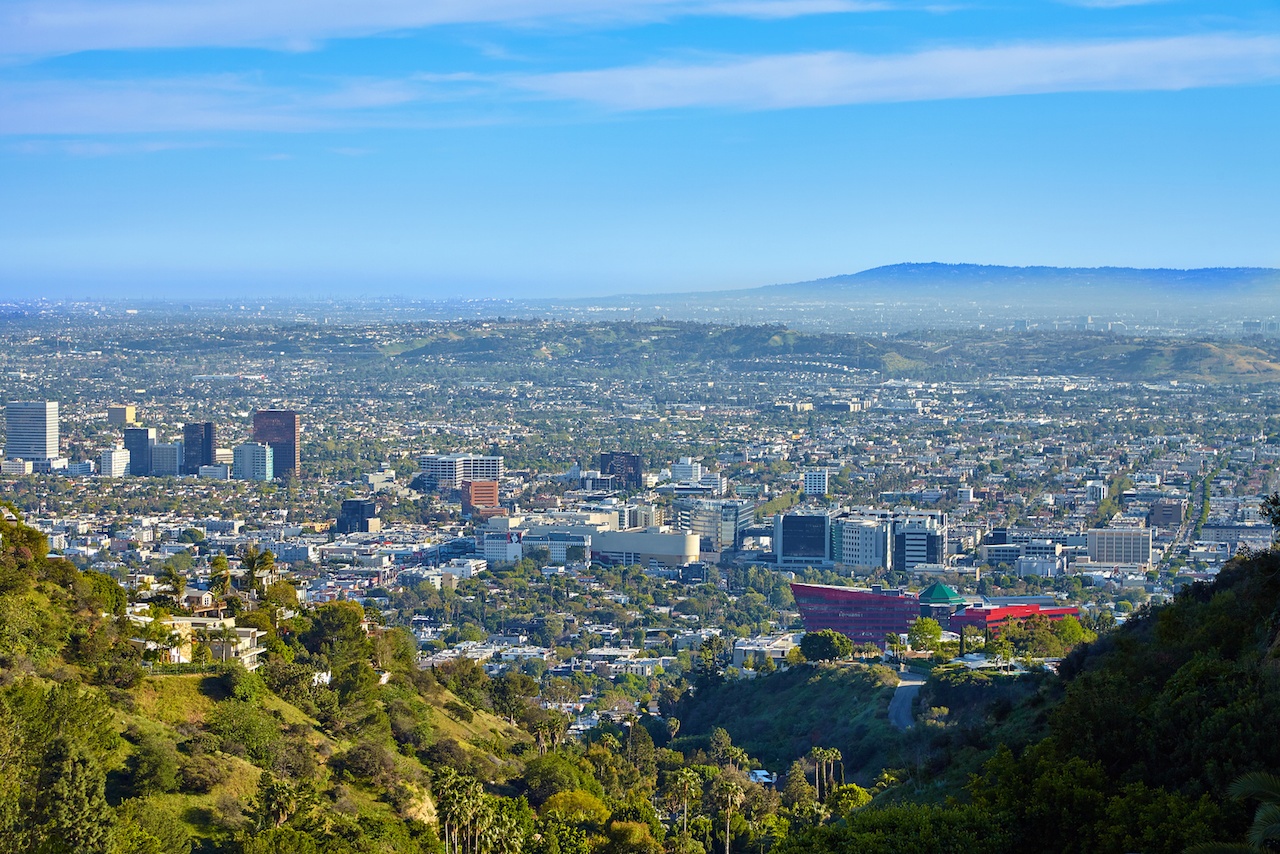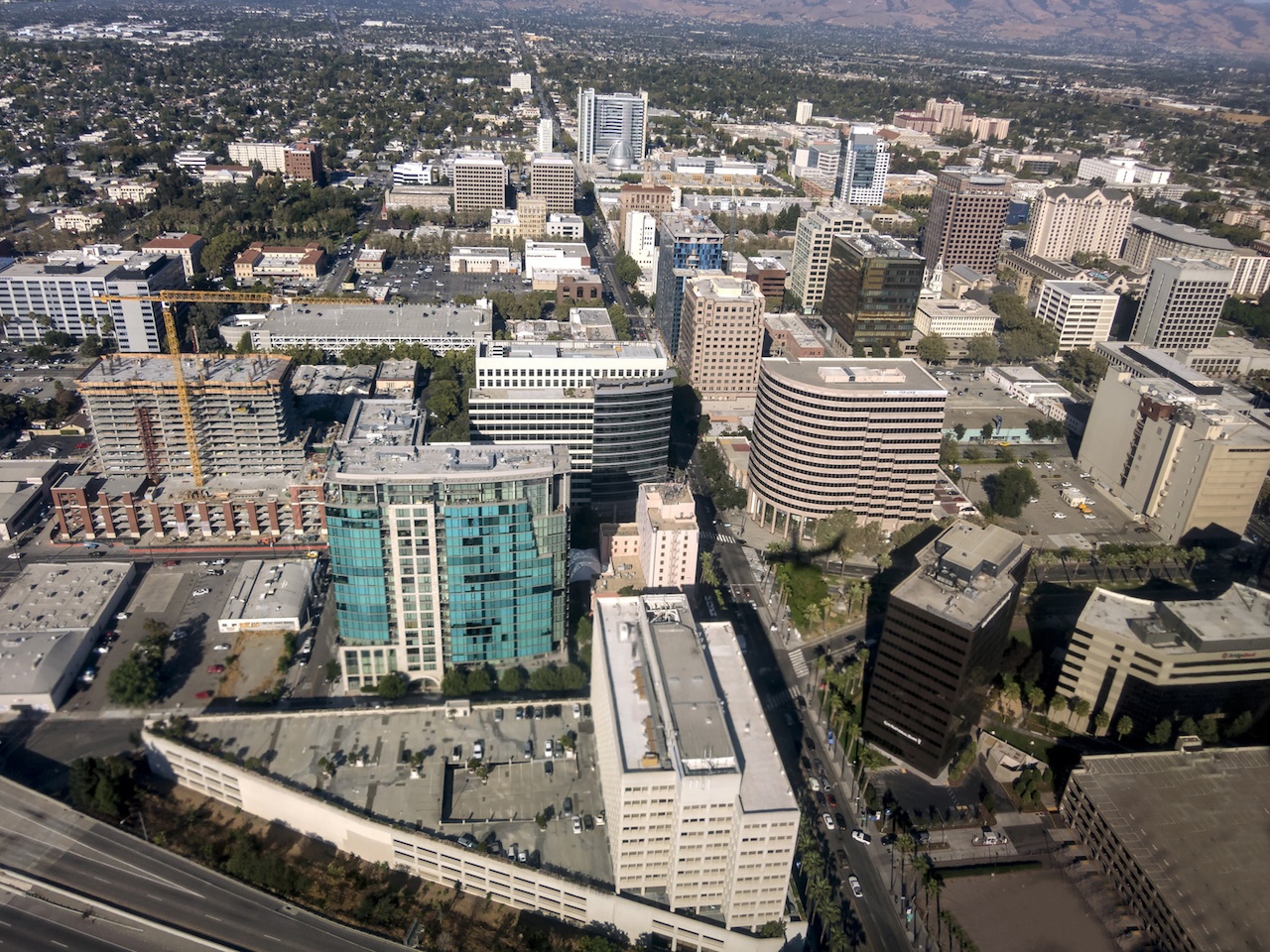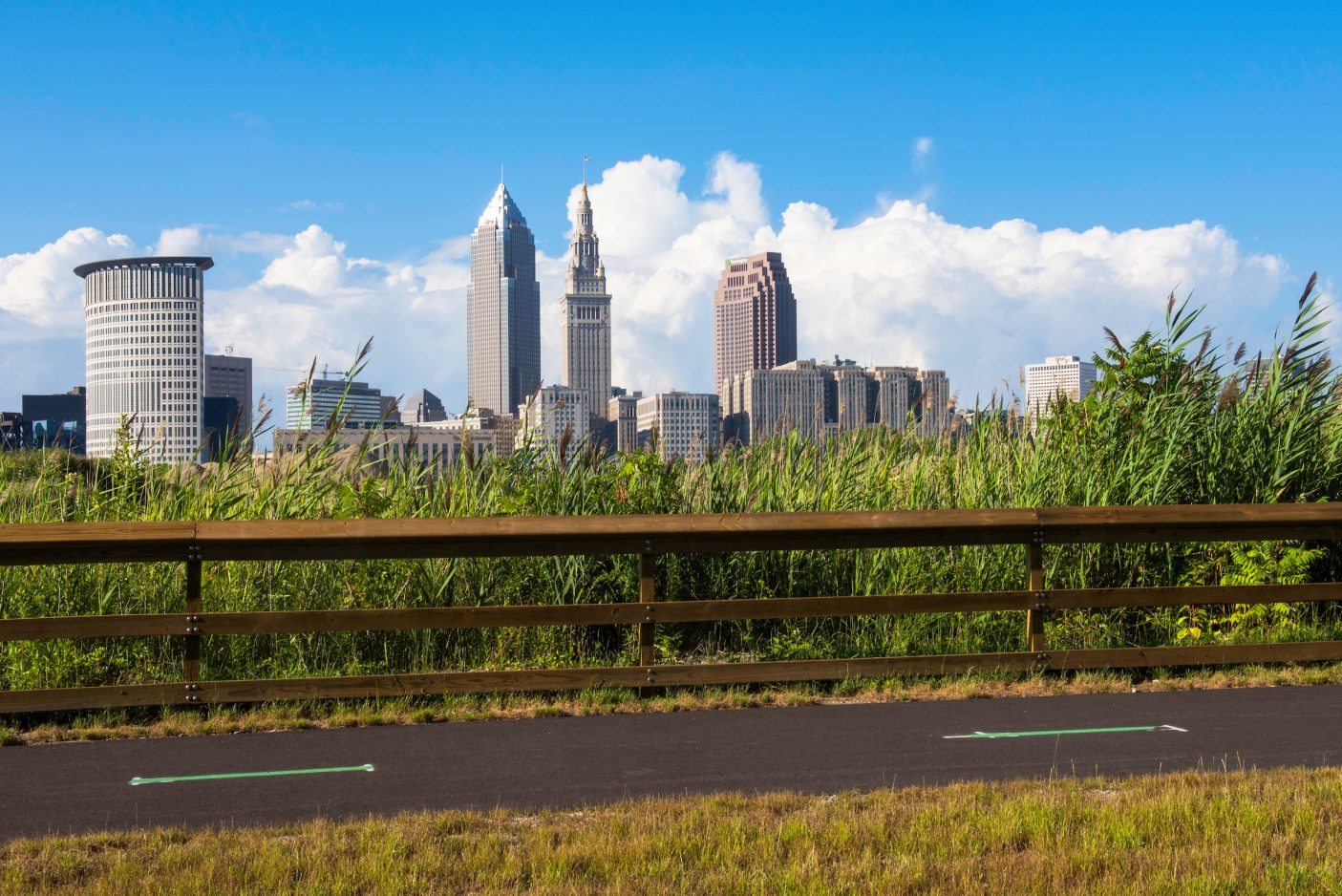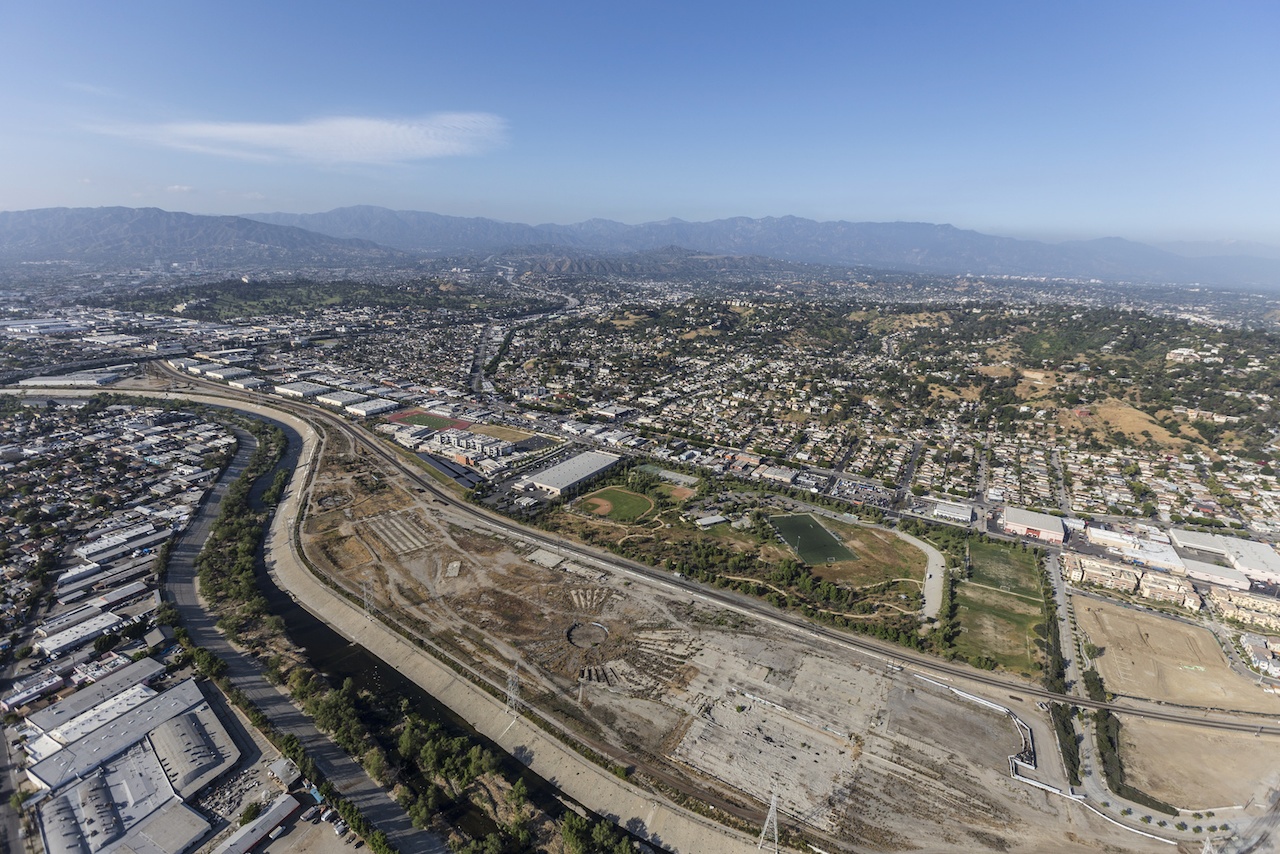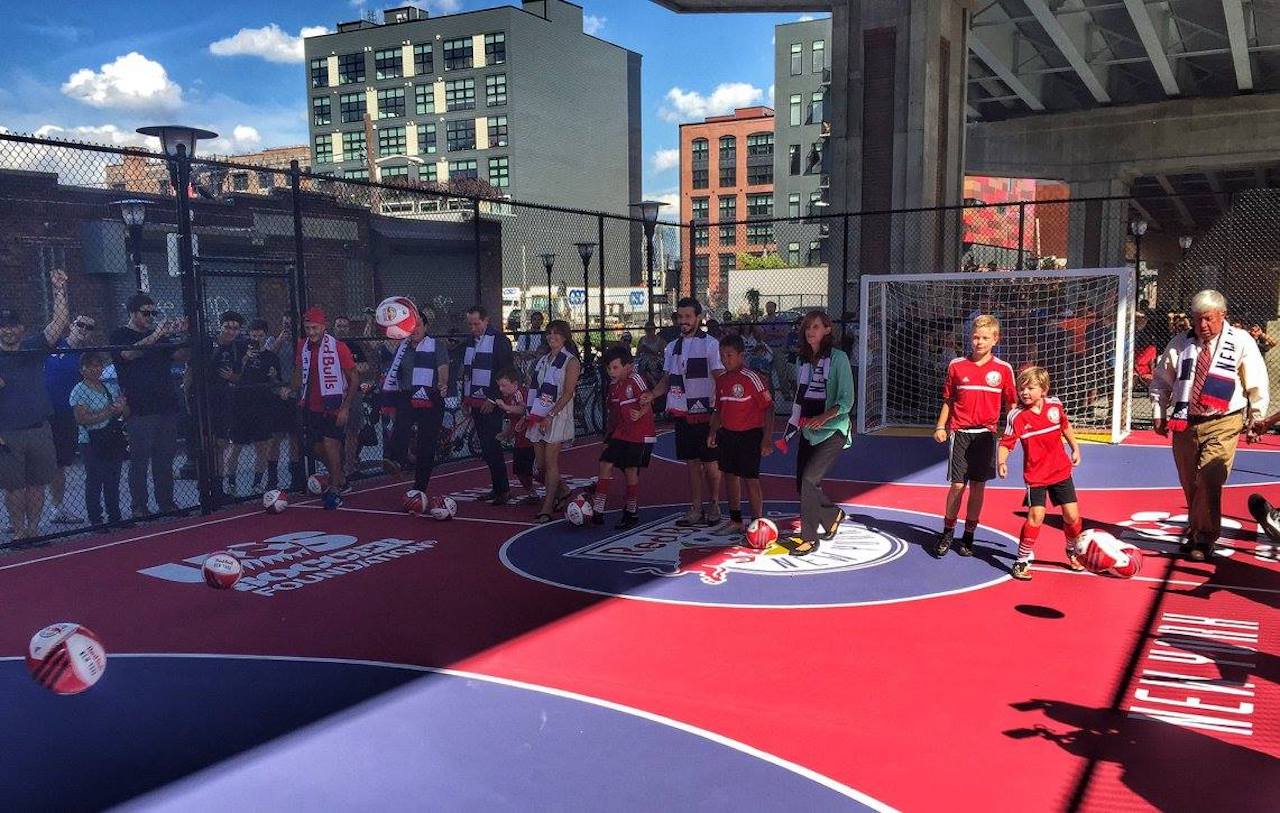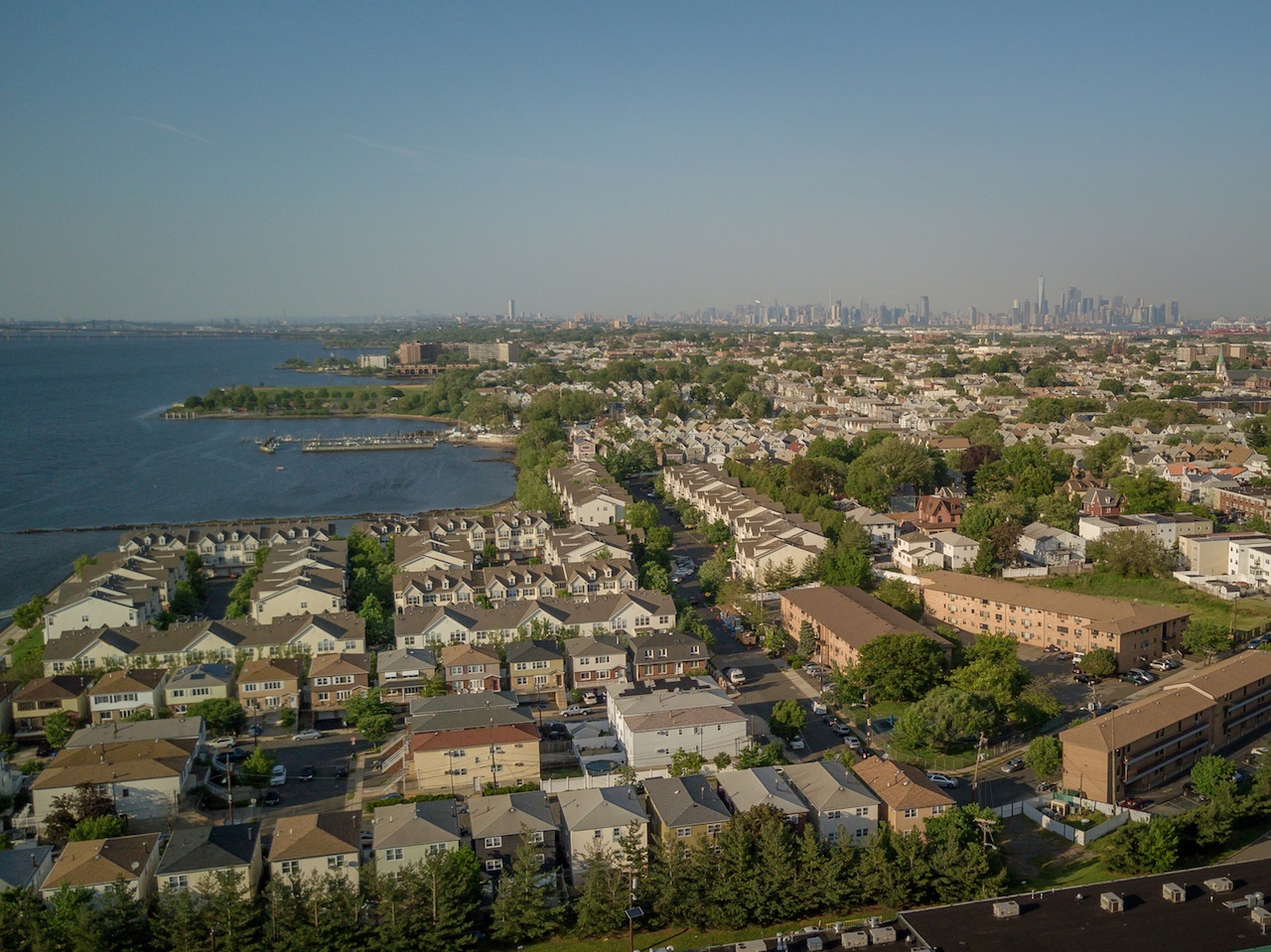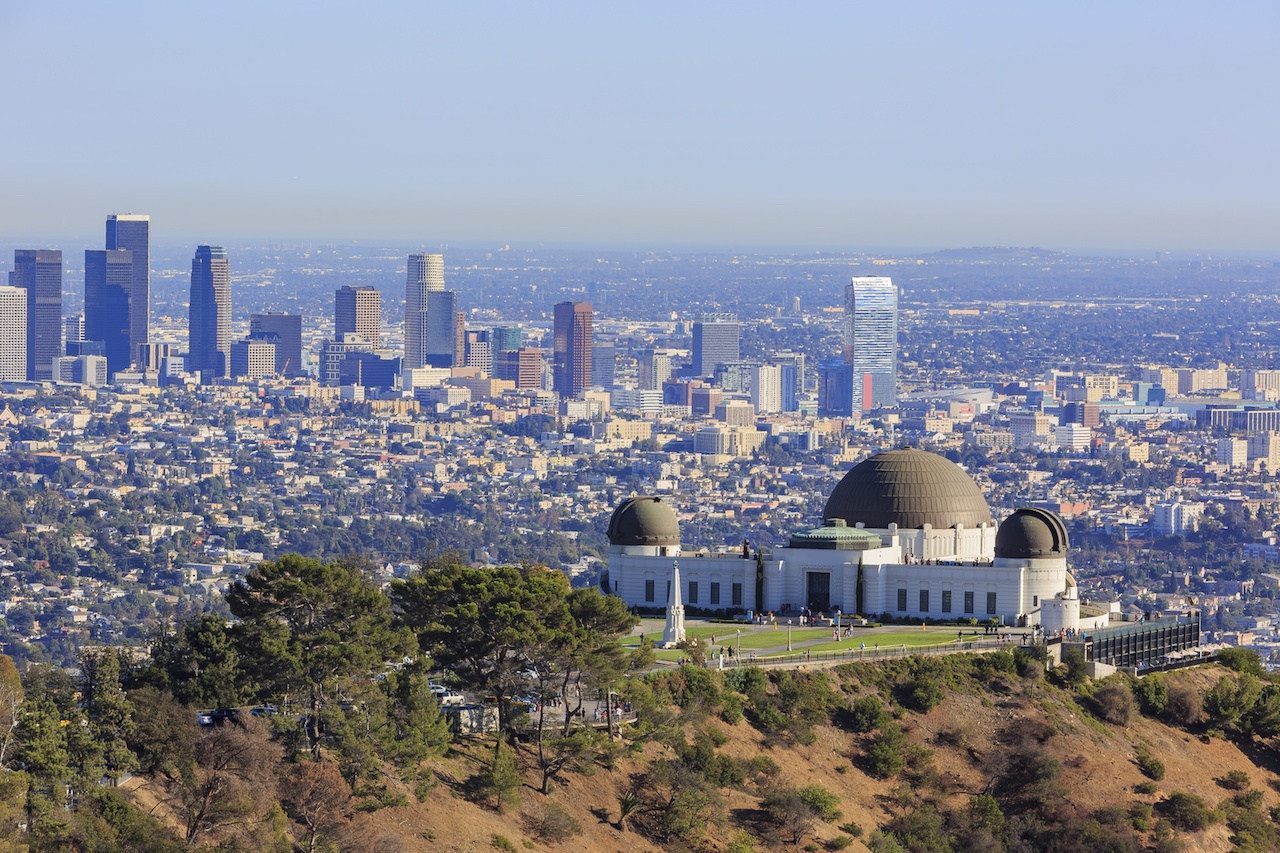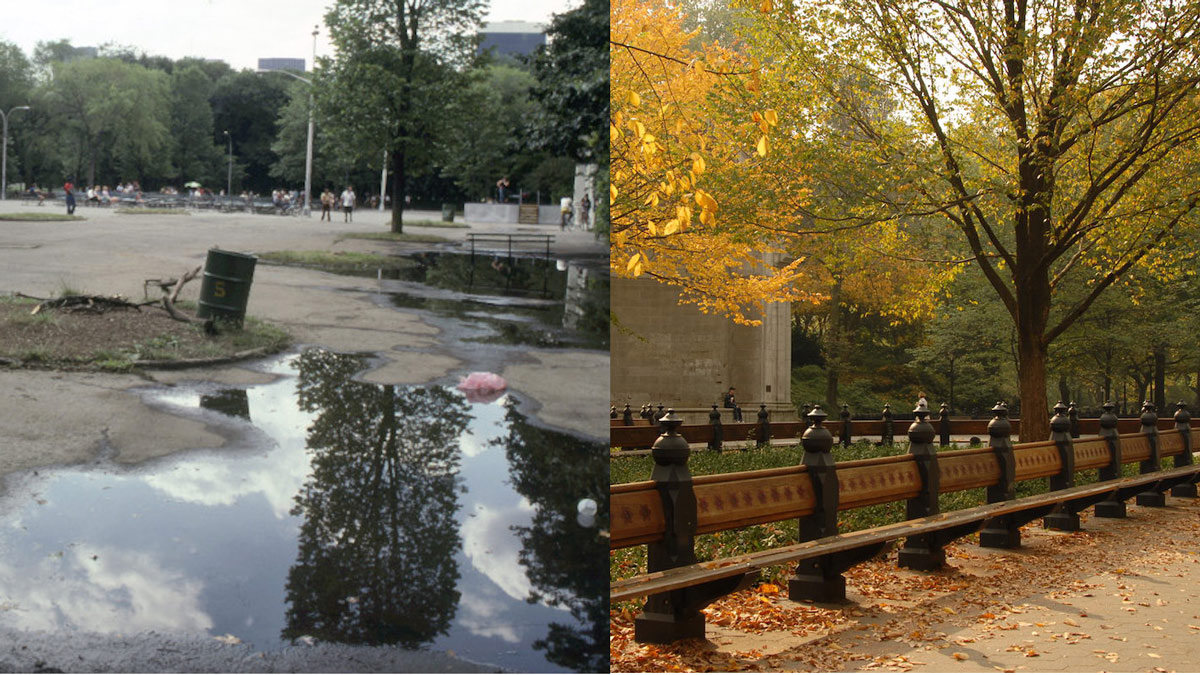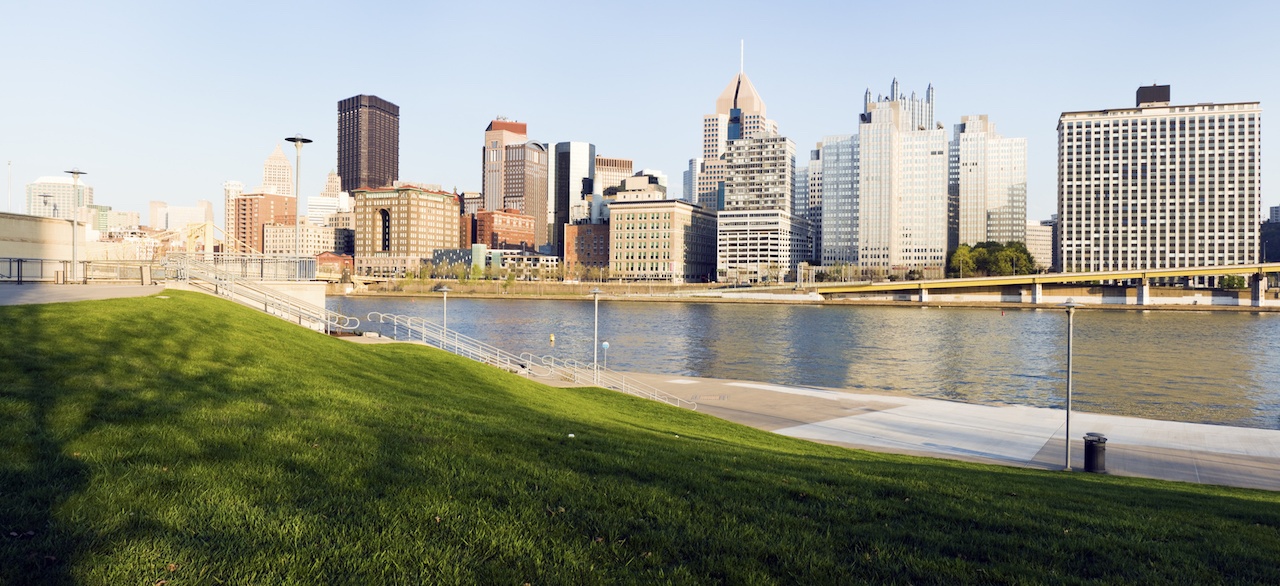Urban Parks
Going Beyond Park Boundaries to Make Cities More Livable
While each city faces unique challenges these major themes and opportunities are echoed across the country. We understand that we need to change the conversation about and perception of America’s city parks, highlighting the vital services they provide to the community as a whole. Parks attract economic investment, creating jobs, they control stormwater runoff, lowering infrastructure costs, and even act as modern-day thoroughfares for commuters in a renewed age of bicycling and walking to work, reducing medical expenses. Despite these many benefits, public budgets for parks and recreation continue to fall short of need.
The Smart Cities Toolkit for SMART Urban Parks
The toolkit is designed for city and park managers, advocates, and anyone interested in utilizing technology in parks. In addition to providing example technologies, the toolkit rates each one based on how it impacts health, community access, water efficiency, and a number of other criteria, includes tips for implementation, as well as presents creative ideas for establishing partnerships and funding strategies.
When a City Closes the Streets to Cars, It Opens Streets to People
If you look at any city in the world from the sky, the largest public space is always the streets. Streets are designed for one purpose: to get vehicles from one place to another. Open streets programs transform those streets into meeting places, art installations, and parks, by closing them to cars and opening them to people. For anyone who has experienced the power of open streets firsthand, the sense of joy and freedom can be overwhelming.
Cleveland Metroparks 100 Year Vision: Connecting People and Nature
In 2013, a Trust for Public Land study identified Cleveland Metroparks trails and parks as key economic drivers that contribute at least $855 million annually in economic benefits to Northeast Ohio. We also learned from this study that our trails and parks increase the value of nearby residential properties by $123 million.
Lessons Learned from a Concrete River
The Los Angeles River is now center stage in discussions of open space and recreation, active transportation, regional watershed management, ecosystem restoration, climate resilience, and public art transforming the LA region. The river winds through 51 miles of industrial lots, open space areas, and residential neighborhoods. In the most populous U.S. County, the LA River has potential to serve millions of people.
Getting Kids Outside to Play: Easier Said Than Done
Research shows that children living in underserved communities are more than four times as likely to lack recreational facilities. This is significant when you consider that 71 percent of youth don’t get the recommended amount of physical activity, and that one in five school-aged children has obesity. The lack of safe places to play is an added barrier to living a healthy lifestyle for these children.
At the U.S Soccer Foundation we aim to bring quality soccer programming and play spaces to more kids. To further expand our after-school soccer program, Soccer for Success, we knew we needed more quality spaces to play the game, especially in urban areas.
The New Commons
Mark Twain once advised, “Buy land, they’re not making it anymore.” In many low-income city neighborhoods, that may seem impossible. The land’s been consumed; built on, paved over, or contaminated, and none is left at any price for parks or other greenspace. But many communities are proving Twain wrong by reclaiming their landscapes and, in effect, making new land.
Take Yonkers, New York, for example. Or Lawrence, Massachusetts, or Richmond, California. All are mid-sized cities where, after industry and jobs departed, black and brown people ended up being concentrated in park-poor – sometimes park-free – environments. Now these are all places where, through community-driven efforts, abandoned rail rights of way are being transformed into green community corridors.
City Parks and Homelessness
Keri Bales spent over 25 years on the streets of Los Angeles. Her entire world — a tent, some belongings and her dog, Luckybutt — could be found in a small, hidden-away area nestled between the train tracks and a city park. It took 25 years before an advocate stopped by to have a real conversation with her, which culminated in her finally being connected with the resources she needed to find permanent housing. Park and recreation agencies are often on the front lines of combatting homelessness issues. While many agencies and their employees want to help homeless park users like Keri, there is a demonstrable challenge in addressing homelessness with compassion while staying aligned with our park and recreation mission. We came to Los Angeles, which is home to recent ballot measures that will fund affordable housing and homelessness services, to learn how their city is working on all fronts, including in parks and recreation, to end homelessness.
New Public and Private Funding Strategies for Urban Parks
Across the country, urban parks are enjoying a renaissance. Dozens of new parks are being built or restored and cities are being creative about how and where they are located. Space under highways, on old rail infrastructure, reclaimed industrial waterfronts or even landfills are all in play as development pressure on urban land grows along with outdoor recreation needs.
These innovative parks are helping cities face common challenges, from demographic shifts, to global competitiveness to changing climate conditions. Mayors and other city officials are taking a fresh look at parks to improve overall community health and sense of place, strengthen local economies by attracting new investments and creating jobs, help manage storm water run-off, improve air quality, and much more. When we think of city parks holistically, accounting for their full role in communities, they become some of the smartest investments we can make.
Replicable and Scalable Urban Park Management
The Central Park Conservancy was instrumental in saving Central Park. In fact, our P4 model has been emulated in hundreds of other parks ― showing that our restoration and management successes are replicable and scalable by other urban park professionals caring for green spaces around the country and beyond.
So when asked, “How do you do it? How do you keep Central Park so beautiful and inviting?” the scalable and replicable answer that we give to everybody is a 3-step framework: Restore, manage, and engage. From day one of the Central Park Conservancy, our logic model has been built on the belief and experience that if we restored Central Park, managed it, and engaged the public in its use and care, it would become (and remain) a vital part of New York City life. It worked here, and we’re confident it can help parks everywhere.

